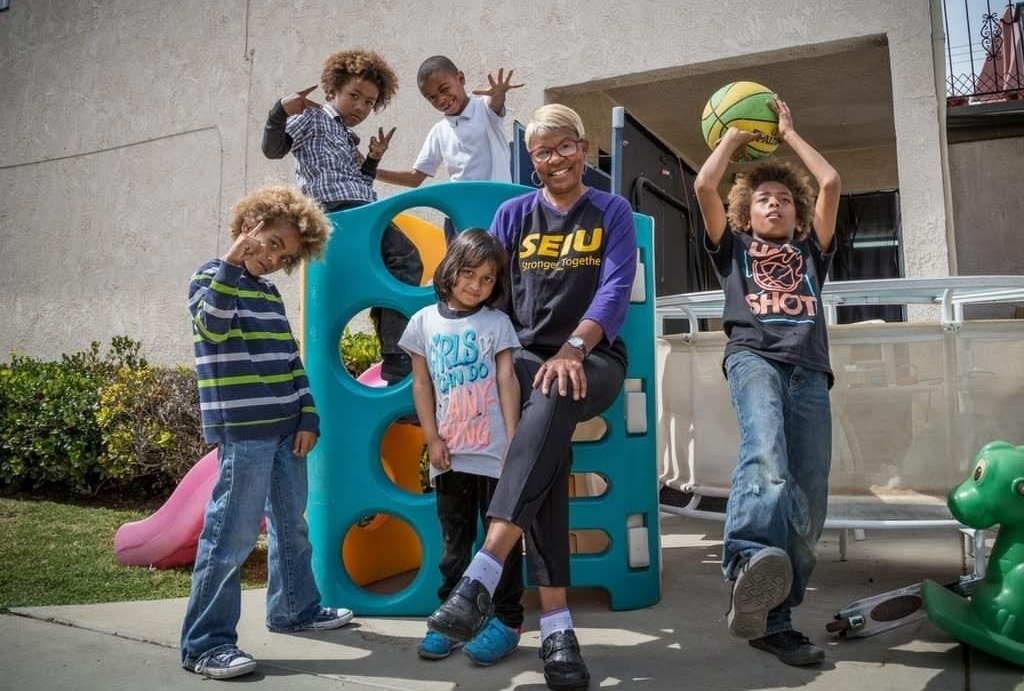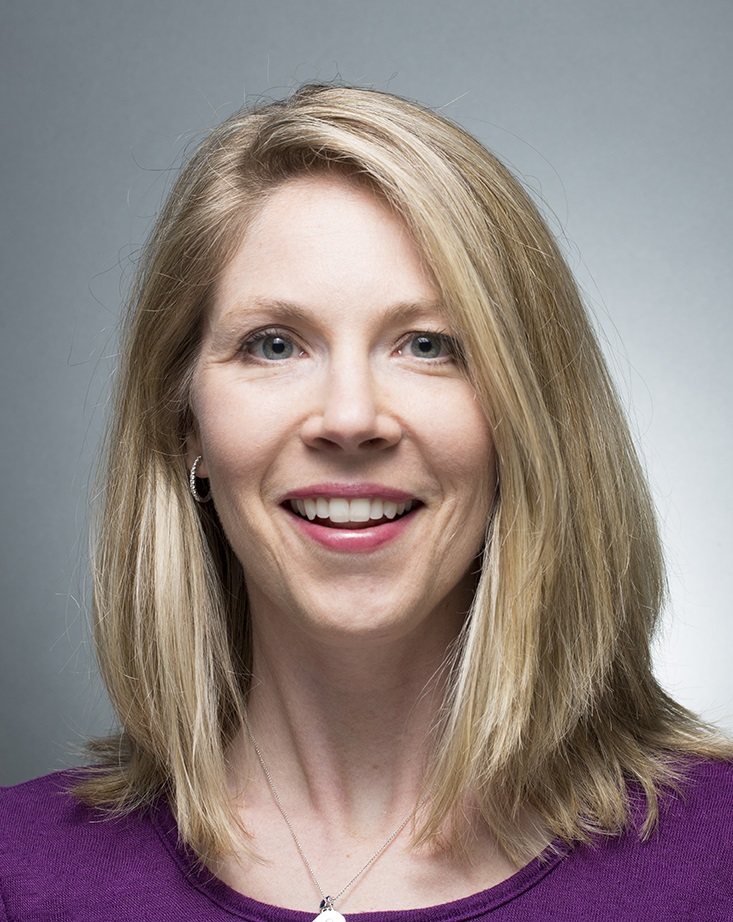Tonia McMillian wants out.
For 29 years, McMillian has run a daycare out of her home in Compton, California, but when her last two child charges move away next year, McMillian won’t add more clients. It’s finally become too much: The barely livable wages, the long hours, the lack of respect, the administrative headaches.
“I’m tired,” McMillian said.
Small home-based daycares like McMillian’s are disappearing across the country.
Nearly half of all licensed home childcares – more than 97,000 – closed between 2005 and 2017, according to the National Center on Early Childhood Quality Assurance.
About one out of every four licensed home daycares shut down from 2012 to 2019, according to the 2019 National Survey of Early Care and Education. In some states, the declines were even higher, like in New Mexico where 53% of licensed home daycares closed, said researcher Yuko Yadatsu Ekyalongo of Child Trends, one of the national survey’s partners.
The crisis is worsening, childcare professionals fear.
“The expectation is that women and women of color are going to do this, and you really don’t have to pay them much – they’ll do it – because historically, that’s what we have been assigned to do.”
Tonia McMillian
They are expecting a new wave of home-based daycare closures because $24 billion in federal COVID relief funding for childcare facilities expires Sept. 30.
Low-income families, parents with infants and toddlers and Hispanic or African American families are more likely to choose home-based childcare instead of daycare centers.
Parents with jobs in public safety, healthcare, factories and other industries where their shifts begin while everyone else is sleeping are also more likely to place their kids in home-based childcare. Without flexible and reliable childcare, those parents are under enormous strain and at risk of losing their jobs.
Closures of home-based daycares create a more tenuous employment situation for families, said Natalie Renew, executive director of Home Grown, which advocates for home-based child care.
“But also it’s not good for kids,” she said. “What is so amazing about home-based childcare is that these caregivers have many years of relationships with young children and create stability and continuity and support this ongoing learning.”

Courtesy of Tonia McMillian
Tonia McMillian operates a home-based daycare in Compton, California.
Open for business before dawn
Two-year-old Aria Edwards usually wore her Rapunzel pajamas when her mother dropped her off at McMillian’s home at 5:20 a.m.
At the time, Aria’s mother, Tanesha Beechum, worked as a security guard at a Boeing C-17 military cargo plane factory in Long Beach, California. She clocked in at 6 a.m.
McMillian would dress Aria for the day, brush her teeth and make her breakfast — without charging Beechum extra.
McMillian cared for Aria, now 11, until Aria was in first grade. Aria, who thought of McMillian as a surrogate grandma, called her Ms. Tonia.
McMillian took Aria and the other children to restaurants, the movies and the park. In McMillian’s home, there was a backyard swing set and a miniature classroom with tables, chairs and books.
Beechum, looking back on that time, called McMillian a “huge blessing.”
“She meant everything… I’m forever grateful for her,” Beechum said. “We still keep in touch.”
No money; no respect
Nearly all home daycare providers are women. About half of them identify as women of color.
“The expectation is that women and women of color are going to do this, and you really don’t have to pay them much – they’ll do it – because historically, that’s what we have been assigned to do,” said McMillian, who is Black. “We may not be mammies anymore, but the way that we’re paid, we’re treated as if we are still mammies.”
Sometimes people call McMillian a babysitter, a title she finds offensive.
McMillian is not only an early childhood educator but an entrepreneur, running her own business.
Part of her frustration lies in her wages.

Courtesy of Natalie Renew
Natalie Renew
In her most financially successful year, McMillian cared for 14 children during the day and at night, averaging about 80-90 hours a week, and making about $90,000. After paying her six part-time employees and other expenses — the toilet flushes, the snacks, the supplies — McMillian said she ended up with “hardly anything”.
A home daycare provider’s average annual income was $29,377 in 2011, according to a 2016 federal report.
“When you break it down financially, making like $4 an hour isn’t something most of us can do for very long, and it’s also not something people should be having to do,” said Mia Pritts a consultant with Wonderschool, a company that acts as a marketplace to connect parents with childcare.
Renew, the home-based childcare advocate, worries things will get worse when federal funding childcare providers have been receiving since the pandemic ends Sept. 30. About 70,000 daycares across the country, including home-based facilities as well as others, are projected to close, affecting about 3.2 million babies, toddlers and kids, according to the Century Foundation.
“It’s not a one-two punch. It’s a one-two-three-four-five punch that providers are experiencing,” Renew said. “It’s grim.”
McMillian adores working with children.
She described teaching a 4-year-old how to cook. Seeing a child hold a plastic knife and cut a strawberry was one of those small moments that felt extraordinary, witnessing a young person becoming independent. McMillian saw herself as the Pied Piper, leading children to discovery.
That joy, though, isn’t enough for McMillian to overcome the burnout that’s been building for years.
Housing hardships
Rent jumped 30% last year for Atlanta area home daycare provider Myra Saboor. She now pays $1,350 a month for her ranch-style house where she currently cares for three young children. She’s praying she doesn’t get hit with another rent increase this year. She already raised her tuition by under 5% to help cover the costs. She knows her families can’t afford more.

Courtesy of Mia Pritts
Mia Pritts
A quarter of all daycare providers surveyed from March 2021 to December 2022 said they had a hard time affording housing, according to a survey from Stanford University’s Center on Early Childhood.
Beyond cost, housing-related challenges are often what keeps potential providers from ever opening in the first place, Pritts, the childcare consultant, said.
Some HOAs or landlords don’t want home daycares.
“There are a lot of assumptions around how it will wreck their house or make the neighbors mad,” Pritts said. “If you’re caring for children in your home in a licensed program, that’s almost guaranteed to be in better shape than a tenant crashing around living in a rental.”
Providers often fear they will get evicted or not have their lease renewed.
And those who do own their own homes may need to make upgrades that enable them to meet legal requirements, like adding a hard-wired sprinkler system, but don’t increase home value, Renew said.
For 15 years, Saboor has run her own daycare in her living room filled with costumes, toys and books.
Saboor knows two providers who had heart attacks.
“I’ve been very blessed to be healthy, but it’s scary to see,” Saboor said. “Sometimes you’re not able to go to the doctor because you’re caring for young children and you don’t have a backup system. And parents become very irate when you close or take a day off.”
Saboor has contemplated quitting. Then she remembers why she does it.
She knows she needs to take better care of herself, so she swims and sets better boundaries for her business. Saboor told the parents of the children she cares for that she’s closing 30 minutes earlier from now on, at 5:30 p.m., starting in September.
On the first day of the new rules, one parent was more than an hour late.
***
Gabrielle Russon is an Orlando-based journalist who covers education, tourism and business.




























